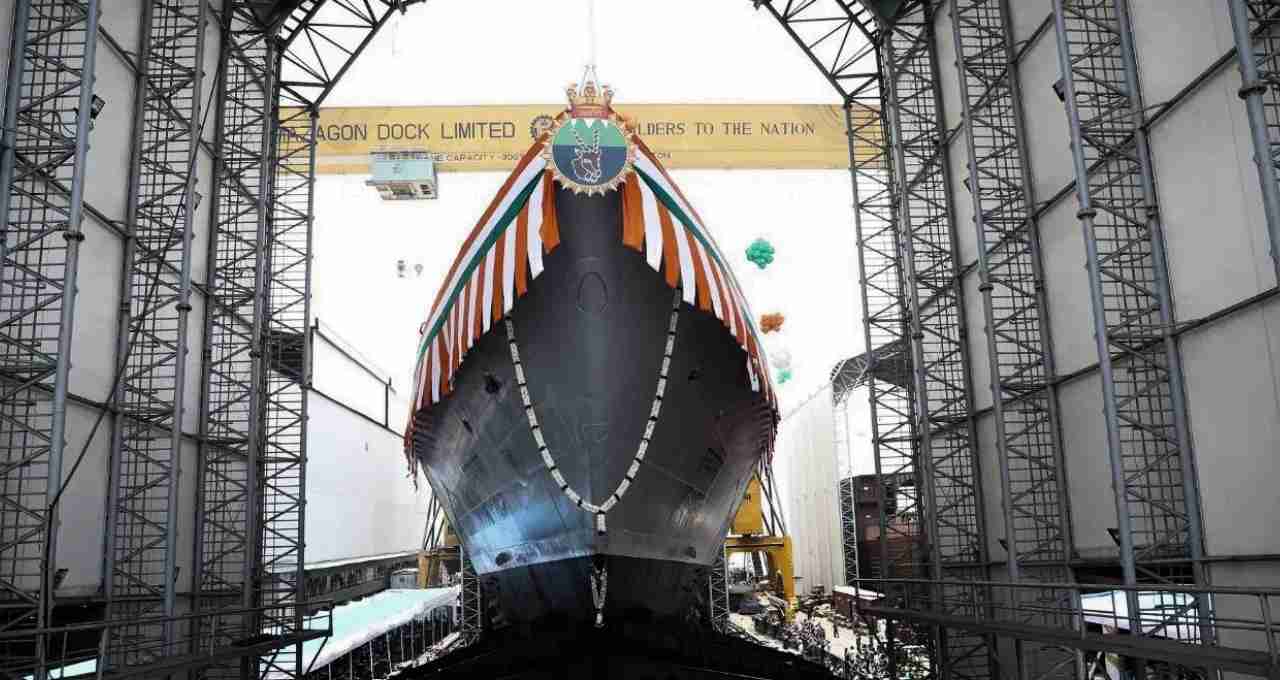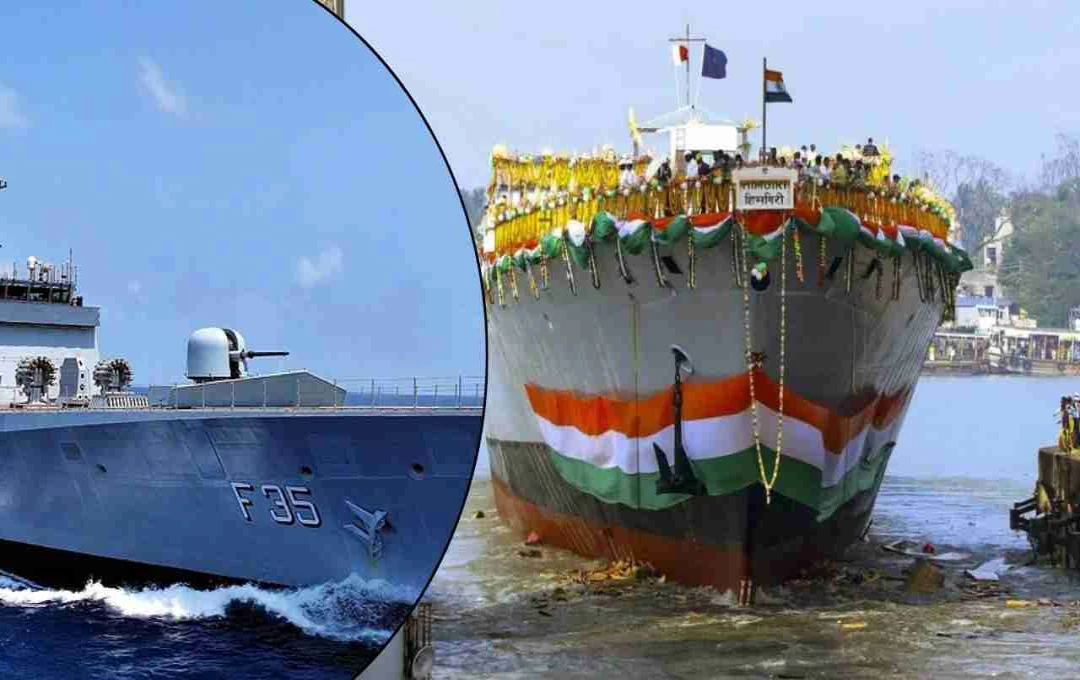The Indian Navy will commission INS Udaygiri and Himgiri frigates on August 26. These stealth warships will enhance security in the Indian Ocean, showcasing indigenous design and the Make in India initiative.
Indian Navy: The Indian Navy is set to commission two state-of-the-art stealth frigates, INS Udaygiri and INS Himgiri, on August 26, 2025. This move is considered significant in modernizing the Navy and demonstrating the capabilities of India's self-reliant defense industry. These warships have been completely built in India and will play a crucial role in strengthening the country's maritime security.
Udaygiri and Himgiri: The Navy's New Strength
INS Udaygiri and INS Himgiri are stealth frigates of Project 17A. These are advanced versions of the Shivalik-class frigates and have been designed by the Indian Navy's Warship Design Bureau (WDB). Notably, INS Udaygiri is the 100th warship designed by this bureau.
INS Udaygiri has been constructed by Mazagon Dock Shipbuilders Limited (MDL) in Mumbai and was handed over to the Navy on July 1, 2025. INS Himgiri has been built by Garden Reach Shipbuilders and Engineers (GRSE) in Kolkata. A total of seven frigates are being built under Project 17A, with four being manufactured by MDL and three by GRSE. The first warship, INS Nilgiri, was commissioned in January 2025.
Features of the Warships
Udaygiri and Himgiri are more advanced than their Shivalik-class predecessors in many ways.

Weight and Design: These warships weigh approximately 6,700 tons, which is 5% more than the Shivalik-class. Their stealth design protects them from enemy radar.
Propulsion System: These ships are powered by the CODOG (Combined Diesel and Gas) system, in which diesel engines and gas turbines work together to drive the propellers. Their operation is managed through the Integrated Platform Management System (IPMS).
Armament:
- Supersonic surface-to-surface missiles.
- Medium-range surface-to-air missiles.
- 76 mm medium-range gun.
- 30 mm and 12.7 mm Close-In Weapon Systems.
- Anti-submarine weapons.
These warships have multi-purpose capabilities for surface, air, and anti-submarine warfare.
Rigorous Sea Trials
Before commissioning, both warships passed rigorous sea trials. These trials included checks on the ship's structure, machinery, firefighting and damage control, navigation, and communication systems. The tests ensured that these warships are ready for immediate operations.
Make in India and Self-Reliant India
The construction of Udaygiri and Himgiri is a major success for Make in India and Self-Reliant India initiatives. More than 200 micro, small, and medium enterprises (MSMEs) have contributed to the construction of these warships. This project has generated approximately 4,000 direct and 10,000 indirect jobs. These warships are completely indigenous, showcasing India's defense capabilities on the global stage.

Combined Capacity of Two Shipyards
INS Udaygiri and INS Himgiri have been constructed by two different shipyards, MDL and GRSE. This demonstrates India's capability to build complex warships simultaneously at multiple locations. It is a symbol of the strength and expansion of the country's defense industry.
2025: A Historic Year for the Navy
2025 has been a historic year for the Indian Navy. Several indigenous platforms have been commissioned this year, such as:
- INS Surat: Guided Missile Destroyer.
- INS Nilgiri: Stealth Frigate.
- INS Vaghsheer: Conventional Submarine.
- INS Arnala: Anti-Submarine Shallow Water Craft.
- INS Nistar: Diving Support Vessel.
In addition, INS Tamal, recently commissioned in Russia, made a stop in Casablanca, Morocco, from August 6-9, showcasing India's maritime diplomacy.
Strategic Importance
The commissioning of INS Udaygiri and INS Himgiri will enhance India's maritime strength, especially in the Indian Ocean region, where Chinese naval activities are increasing. These warships are designed for deep-sea (blue water) operations and can deal with conventional and non-conventional threats. They will play a vital role in protecting India's 7,500-kilometer coastline and 2.02 million square kilometers of Exclusive Economic Zone (EEZ).















